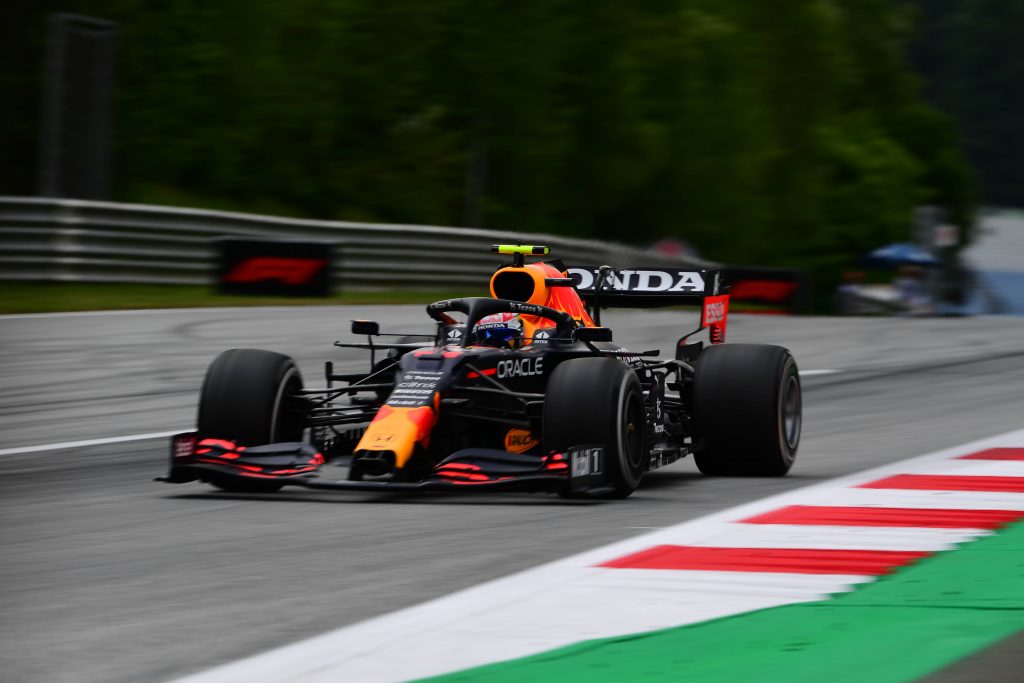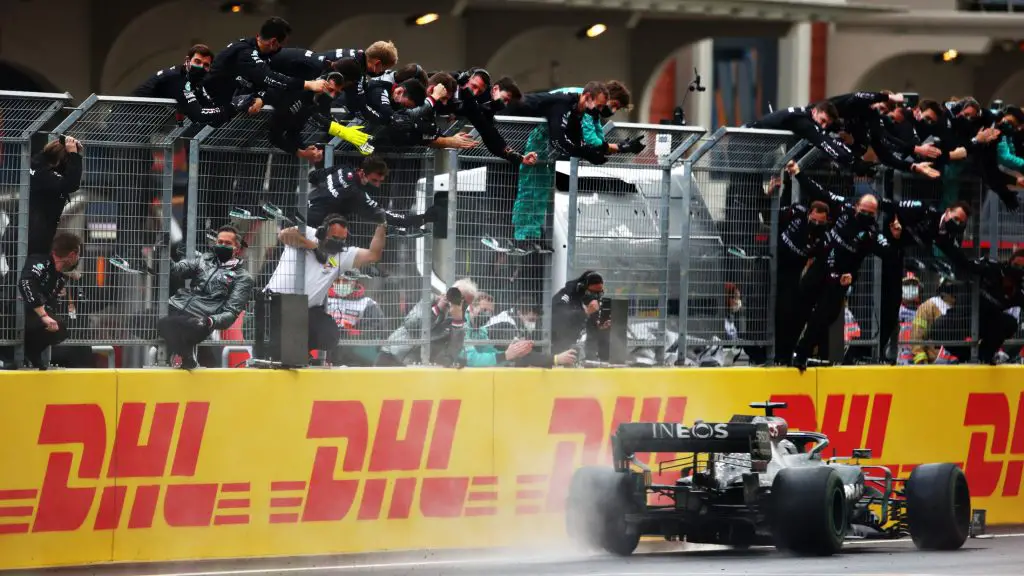F1 and Indy (IndyCar) are the two elite premier single-seater series in the world with large fanbase
The battle between F1 and IndyCar has always been a talk of town, with the two sports globally changing the face of motorsports and having millions of fans.
However, F1 is more of a global sport with events across the world. Indy is more of an American championship but many top international racers participate in the competition.

F1 and IndyCar have some of the fastest race cars in the world too. However, there are many differences between the competitions.
What are the differences between F1 and Indy?
Formula 1
Formula 1 boasts the fastest cars in the world and follows different circuits around the world over the year. There are 10 teams with 20 drivers who compete over 23 races to determine the World Drivers’ Champion.

The engines used in F1 are provided by four main manufacturers – Honda, Ferrari, Mercedes and Renault. The engines have been changed after the introduction of the turbo hybrid era.
The specifications of the engine use 1.6-litre V6 turbo engines can produce an approximate of 1000bhp. The hybrid system gets back the energy in two main ways – the MGU-K, and the MGU-H. The ‘K’ part stands for kinetic and recovers energy while braking, while the MGU-H (heat) draws thermal energy from the exhaust system. “
The Energy Recovery System is made up of the Energy Store and Control Electronics and the Internal Combustion Engine and Turbocharger. The drivers usually have to change gear below 12k due to restrictions of the fuel flow.
The gearbox consists of eight gear in front and a necessary reverse. The gears are semi-automatic. A grid penalty adds up if a gearbox changes before six consecutive events.
The aerodynamics is indicative of three factors – height, width and location. The downforce is another important factor which could affect the speed of the car. Cars go up to 5 Gs, which needs a strong neck and high levels of body fitness to drive.
F1 introduced a DRS system in 2011, which helps in overtaking an opponent when in close range, as it reaches a maximum of 1000 bhp.
The qualifying format for F1 involves three rounds with 5 drivers eliminated after every round based on their timed laps. The leader of Q3 by the end of qualifying starts the race on pole.
The point awarding system in F1 is 25-18-15 and goes down till the 10th racer.
IndyCar
IndyCar has two supplier for the chassis and aerodynamic kit via Honda and Chevrolet. All events of the IndyCar series are held in the United States of America, which is running 17 races at 15 rounds.
The Indianapolis 500 accommodates upto 33 drivers in the field for the race. The horsepower in IndyCar is much lesser ranging from 600 and 750hp. The carbon fibre Dallara DW12 is a standard chassis in all cars. In 2023, the engine size will go up to 2.4-litres, while the addition of KERS will maximise the power to 900bhp.

In IndyCar the push-to-pass system is used to overtake an opponent. The new rule now states an additional 200sec of extra power is permissible throughout the race to find their best position.
For oval races, drivers go out one at a time, with an average of their two timed laps setting a qualifying time. However, for oval double-headers, the two-lap runs see the first lap setting the grid for Race 1, the second lap the grid for Race 2.
For Indianapolis 500, qualifying is over three days, with everyone setting a time from the average of four laps on the first day. 5The average global viewers for this series in 2019 was 5.45 million viewers.
However, there is a special provision for those who are in the top nine who repeat it in the Fast Nine Shootout and those below 30th in the Last Row Shootout to decide the final grid.
The point awarding system in IndyCar is 50-40-35, since there are more drivers in these races.
F1 vs Indy – FAQs
| Are F1 cars faster than Indy cars? Indy cars can reach a top speed of 380km/h while F1 cars are slightly slower and can reach a top speed of 320km/h |
| Which cars have the higher horsepower? F1 cars normally have higher horsepower, 760, when compared to Indy cars which have between 500-700 HP |
| What are the engines used in F1 and Indy cars? F1 cars currently use Turbocharged, 1.6-liter V-6 engines while Indy cars use Twin-turbocharged, 2.2-liter V-6 engines |
| What is the cost of an F1 car compared to an Indy car? Indy cars can cost anywhere from $3million to $8million while F1 cars are more expensive and can start from $12m, depending on the team |
More Formula One news:
- Yuki Tsunoda apologises after crash ends his Imola GP qualifying early
- Max Verstappen shares thoughts on finishing behind Lewis Hamilton in Portugal
- Disappointed Nicholas Latifi tries positive spin as Canadian Grand Prix postpones in 2021
Follow our dedicated Formula One page for instant Formula One news and updates

